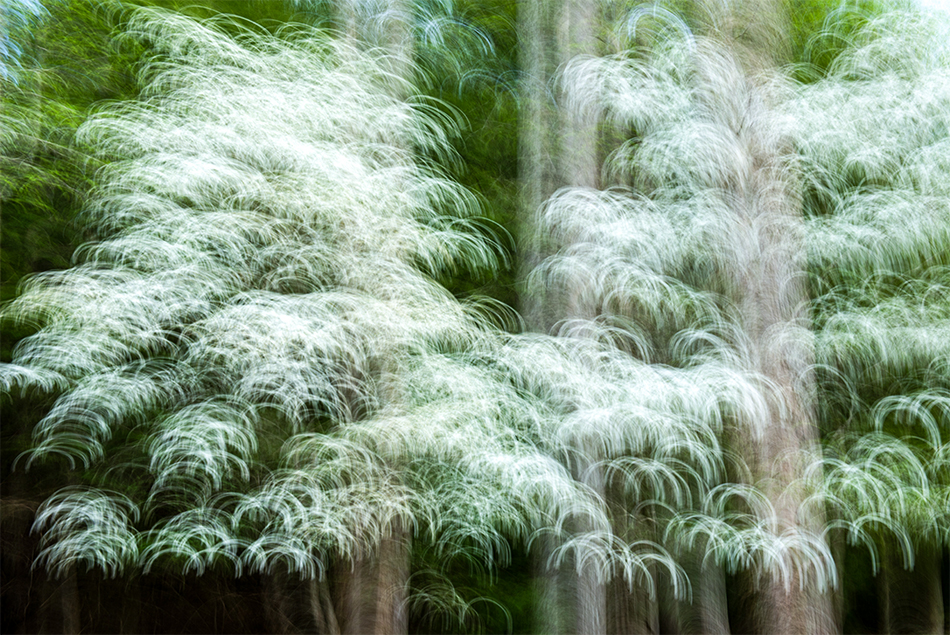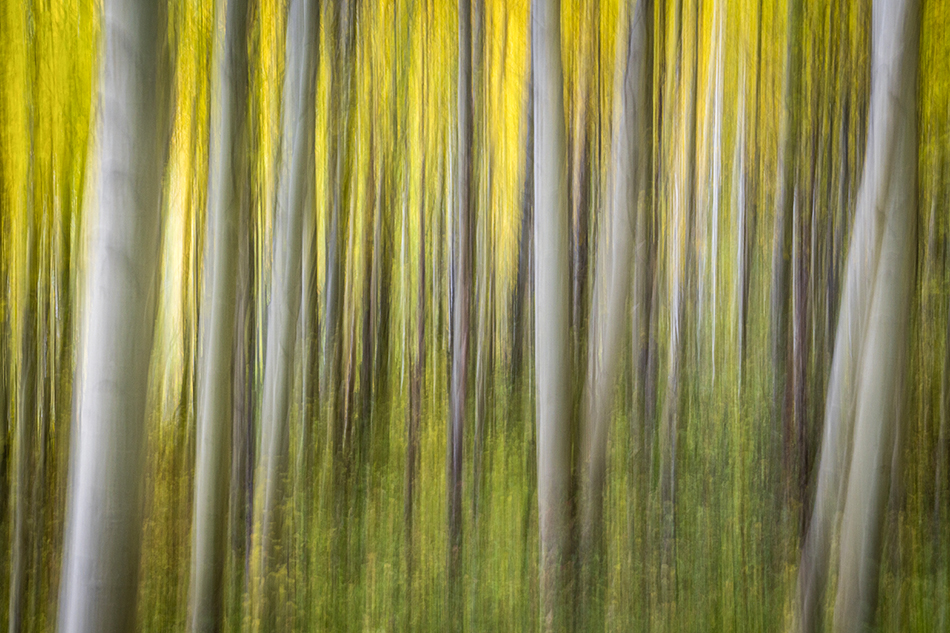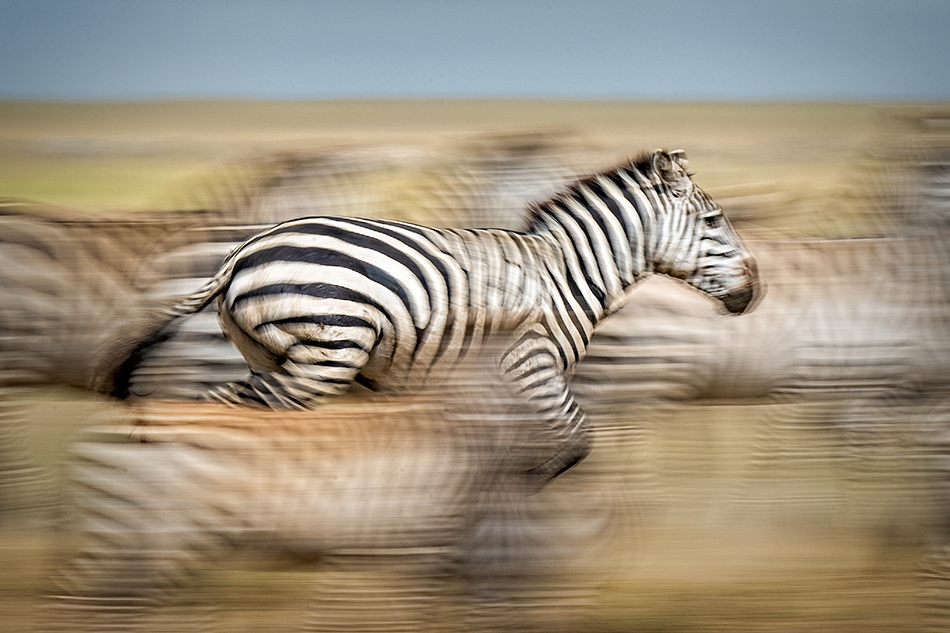
Photographers love acronyms…ACR, DNG, RAW, NEF, IBIS,VR…and ICM. I sometimes find myself teaching a class on workshops speaking in code! What will be the new acronym for 2024?
ICM, or intentional camera movement, is a fun, creative camera technique. Moving the camera during exposure transforms the image from everyday to unique. Recently I’ve heard from a lot of photographers who are at home and anxious to get out and take some photos. Try this creative exercise…head down to the local park, or your backyard, and try a few of these ‘ICM’ techniques and see what happens. You might just be surprised at what you can create!

Ouray Colorado. Fall color
-Shaky. Shaking the camera while photographing at 1/4 second or slower creates some beautiful images. One of my favorite techniques for fall foliage is shaking the camera up and down to create stunning abstract color images. Try it on trees, flowers, buildings, people…Subjects with long vertical or horizontal lines often work the best.

-Pan and blur. This technique is less about abstract and more about photographing moving subjects. I love exploring a new city and trying pan and blur. Basically you move your camera horizontally trying to freeze a moving subject. The background will be blurry as a result. Experiment with different shutter speeds depending on how fast your subject is moving. I often start with 1/15 of a second. Flying birds may need a shutter speed of 1/30, while a slow moving bicyclist might photograph well at 1/4 of a second. Background is really important with pan and blur. Try to find a clean background so your subject really stands out.
-Twisty. Similar to a shaky, except this time you are twisting the camera in a circular motion. This camera movement will result in kaleidoscope results. If you keep the camera steady with a strong central subject you will get images that are less abstract. Experiment with a variety of subjects…try shooting right down at your feet as well as aiming at subjects in the distance.
-Zoomie. This technique requires a zoom lens. During a long exposure zoom your lens out and back. I like to use my 70-200mm for this, but any zoom lens will work.

-Abstracts. If you really want to experiment, combine a few of the movements above in one exposure. Or randomly move the camera during an image with no specific direction. If you really want to get wild, try doing a multiple exposure using ICM images!
Be careful doing these techniques near other photographers, you may get a few strange looks. We spend a lot of money buying tack sharp lenses and advanced cameras, and then go out and create blurry images! But abstract motion images can result in some beautiful photographs…